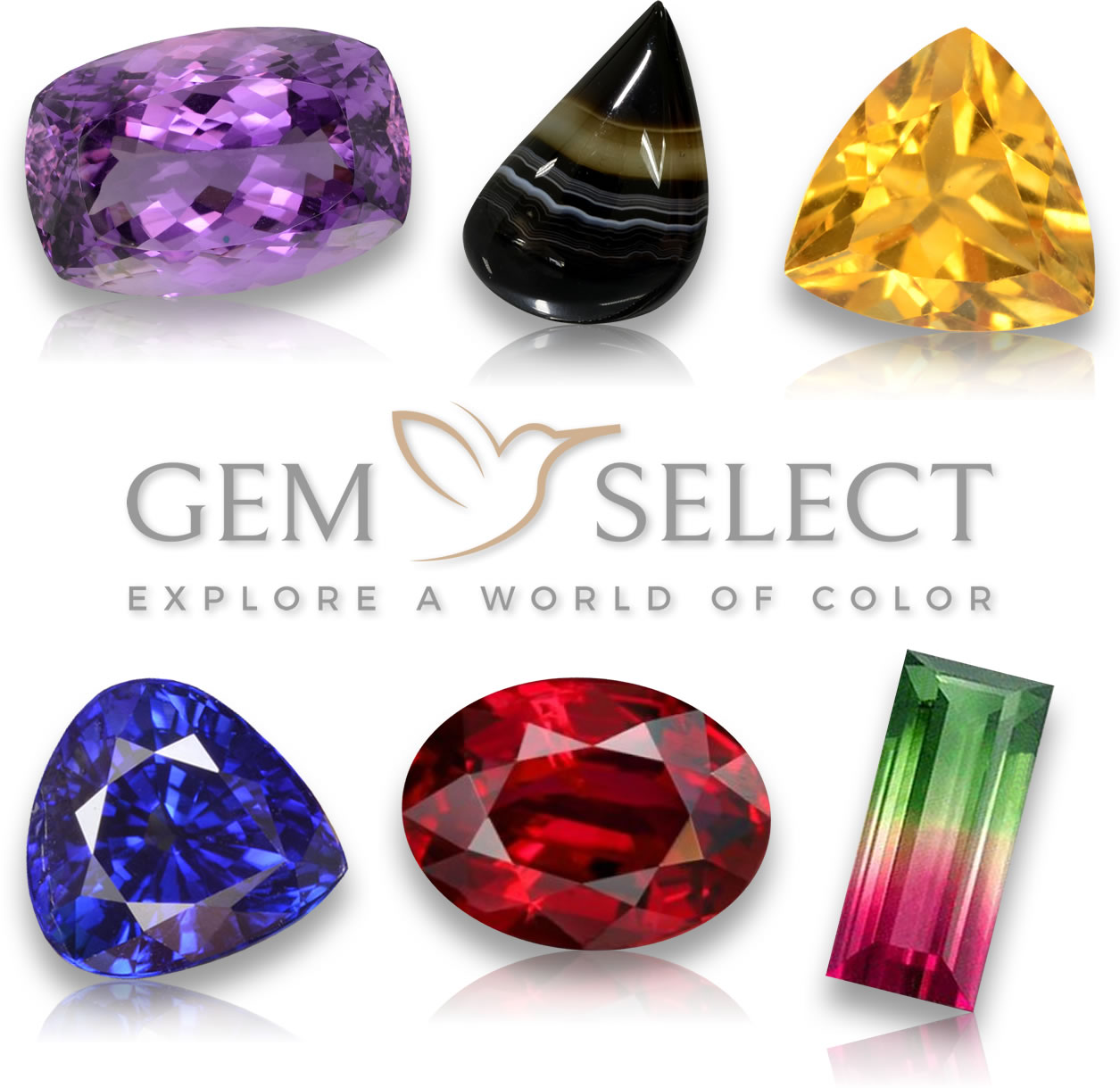- Joined
- Dec 2, 2020
- Messages
- 481
Hello brain trust.
I'm asked to address why "ruby" has continued to be called ruby instead of being classified as red sapphire (sic).
We all know the origin stories: Ruby descended from Latin "ruber" (red), and sapphire descended from Greek “sáppheiros (blue), aka "saphirus" in Latin. The questions are (1) When did gemologists first deduce they were the same mineral? (2) Why wasn't one or the other (or both) renamed to be uniform with each other?
Prevailing notion: In 1783 gemologists learned to differentiate between ruby and red spinel and - over time - formerly-thought-rubies were reclassified as red spinel.
Thus: When ruby and sapphire were found to be the same mineral was there any movement to unify their names? Or was ruby's place in history, from the days of the ancients, so connected with its separate distinction as ruby that it was left alone?
I'm asked to address why "ruby" has continued to be called ruby instead of being classified as red sapphire (sic).
We all know the origin stories: Ruby descended from Latin "ruber" (red), and sapphire descended from Greek “sáppheiros (blue), aka "saphirus" in Latin. The questions are (1) When did gemologists first deduce they were the same mineral? (2) Why wasn't one or the other (or both) renamed to be uniform with each other?
Prevailing notion: In 1783 gemologists learned to differentiate between ruby and red spinel and - over time - formerly-thought-rubies were reclassified as red spinel.
Thus: When ruby and sapphire were found to be the same mineral was there any movement to unify their names? Or was ruby's place in history, from the days of the ancients, so connected with its separate distinction as ruby that it was left alone?




300x240.png)